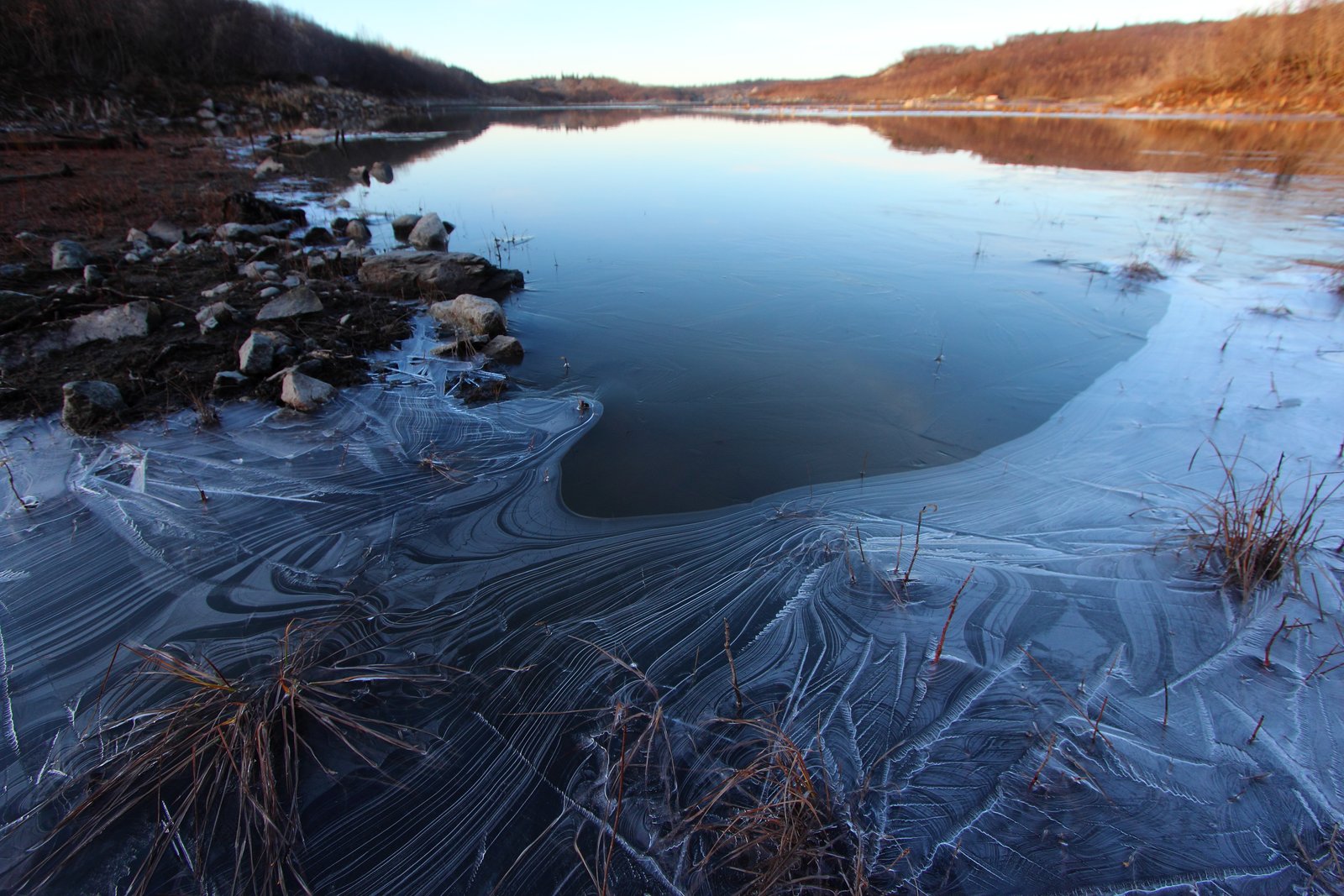When people describe progress, they often describe it in terms of a linear progression taking us from primitive to advanced — an idea or invention occurs as a singular event, and somewhere further down the line of time a new idea or invention completely replaces it, relegating the old to the annals of history.
This viewpoint is exemplified by traditional worldviews that organize all beings according to a chain of evolution, sometimes called the “great chain of being” (or scala naturae). The chain of being links God, angels, humans, animals, plants, and minerals in a hierarchy. All beings on earth, animate and inanimate, could be organized according to an increasing scale of perfection, from mushrooms and rocks at the bottom up through lobsters and rabbits, all the way to human beings and God at the top.
This viewpoint leads us to a rather simplified view of progress: we inevitably move from simple to perfect and from primitive to modern, with no intermediary stages in between.

We now know that the world is more complex than a simple hierarchy. Rather, evolution happens gradually, through small and continuous changes in every direction. Yet we still often label technological progress as advances along a straight line, leading us to dismiss what came before us as “old” or “legacy”. This is a trap. It leads us to avoid avoid previous work and research, and to ignore the lessons learned from previous technologies and previous approaches.
A better analogy for progress is a young lake, growing from the continual melting of a glacier. As water is added to the lake, progress happens along all edges of the lake, all at the same time, continuously, and gradually. With this viewpoint, new technology doesn’t develop linearly from the old, it grows outwards from the centre. As the lake grows, the centre of it does not get replaced — the water at the centre is just as real, just as valid, and just as valuable as that of the edges. The centre is also where the deepest waters lie. The edges of a lake, on the other hand, are shallow, they frequently change, and they may even recede completely.

As technologists, if we only look to the edges of the lake to guide us, we only touch the surface of what exists, of what is possible, and of what has come before. We miss out on the depth at the centre, including all of the lessons learned by those who have come before.
Progress is a lake, not a line.